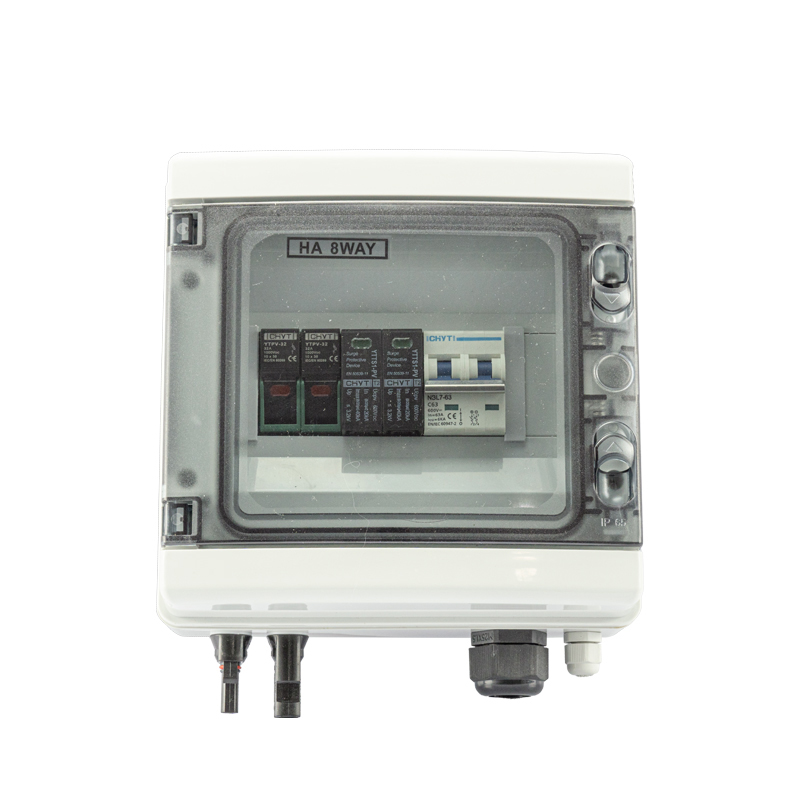
- English
- Español
- Português
- русский
- Français
- 日本語
- Deutsch
- tiếng Việt
- Italiano
- Nederlands
- ภาษาไทย
- Polski
- 한국어
- Svenska
- magyar
- Malay
- বাংলা ভাষার
- Dansk
- Suomi
- हिन्दी
- Pilipino
- Türkçe
- Gaeilge
- العربية
- Indonesia
- Norsk
- تمل
- český
- ελληνικά
- український
- Javanese
- فارسی
- தமிழ்
- తెలుగు
- नेपाली
- Burmese
- български
- ລາວ
- Latine
- Қазақша
- Euskal
- Azərbaycan
- Slovenský jazyk
- Македонски
- Lietuvos
- Eesti Keel
- Română
- Slovenski
- मराठी
- Srpski језик
How to choose a photovoltaic combiner box
As solar energy continues to grow in popularity, many people are choosing to install photovoltaic (PV) systems on their homes or businesses. But before you start enjoying the benefits of solar power, it's important to make sure that you're selecting the right equipment to get the job done well. One essential component of any PV system is the combiner box. Here's what you need to know to select the right one for your needs.
First, it's important to understand what a combiner box does. A combiner box is an enclosure that houses the wires and fuses that connect the panels in a PV array to a charge controller or inverter. It's responsible for combining the electrical outputs from multiple panels into a single, more powerful current that can be delivered to a charge controller or inverter. Additionally, a combiner box serves as a centralized location for safety devices, like fuses or circuit breakers, that protect against overcurrent issues.
When selecting a combiner box, there are several key factors to consider:
1. Size: The size of your combiner box will depend on the number of panels you're connecting. A general rule of thumb is to have one input for every 10 panels, so a 20-panel system would require a combiner box with at least two inputs.
2. Voltage: Be sure to select a combiner box that's rated for the voltage of your system. For example, if your panels are rated for 600V, you'll need a combiner box that's also rated for 600V.
3. Amperage: The amperage requirements for your combiner box will depend on the maximum current your system is expected to produce. This is usually listed in the specifications for your panels or inverters.
4. Weatherproofing: Since combiner boxes are typically installed outside, it's important to select a box that's designed to handle the elements. Look for enclosures that are weatherproof and feature sealed cable glands to keep out moisture.
5. Safety features: Your combiner box should include safety features like a grounding bar, fuses, or circuit breakers to prevent overcurrent and protect the system.
Some other optional features that you might find in different combiner boxes include monitoring capabilities, surge protection, and configurable inputs. Consider your specific needs and budget when selecting a combiner box that's right for you.
In conclusion, selecting the right combiner box is an essential part of building a safe, reliable, and efficient PV system. By considering factors like size, voltage, and safety features, you'll be well on your way to enjoying all the benefits of solar power.



